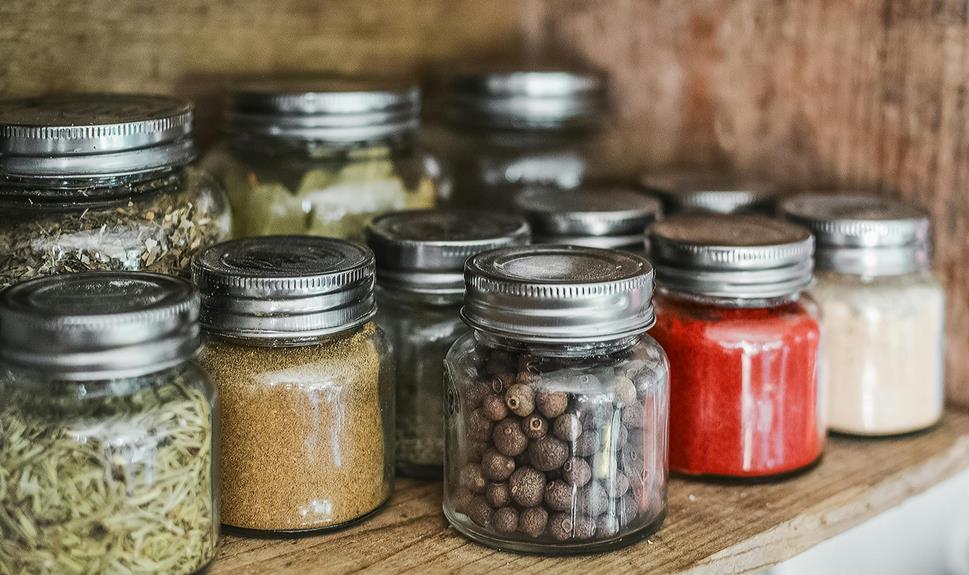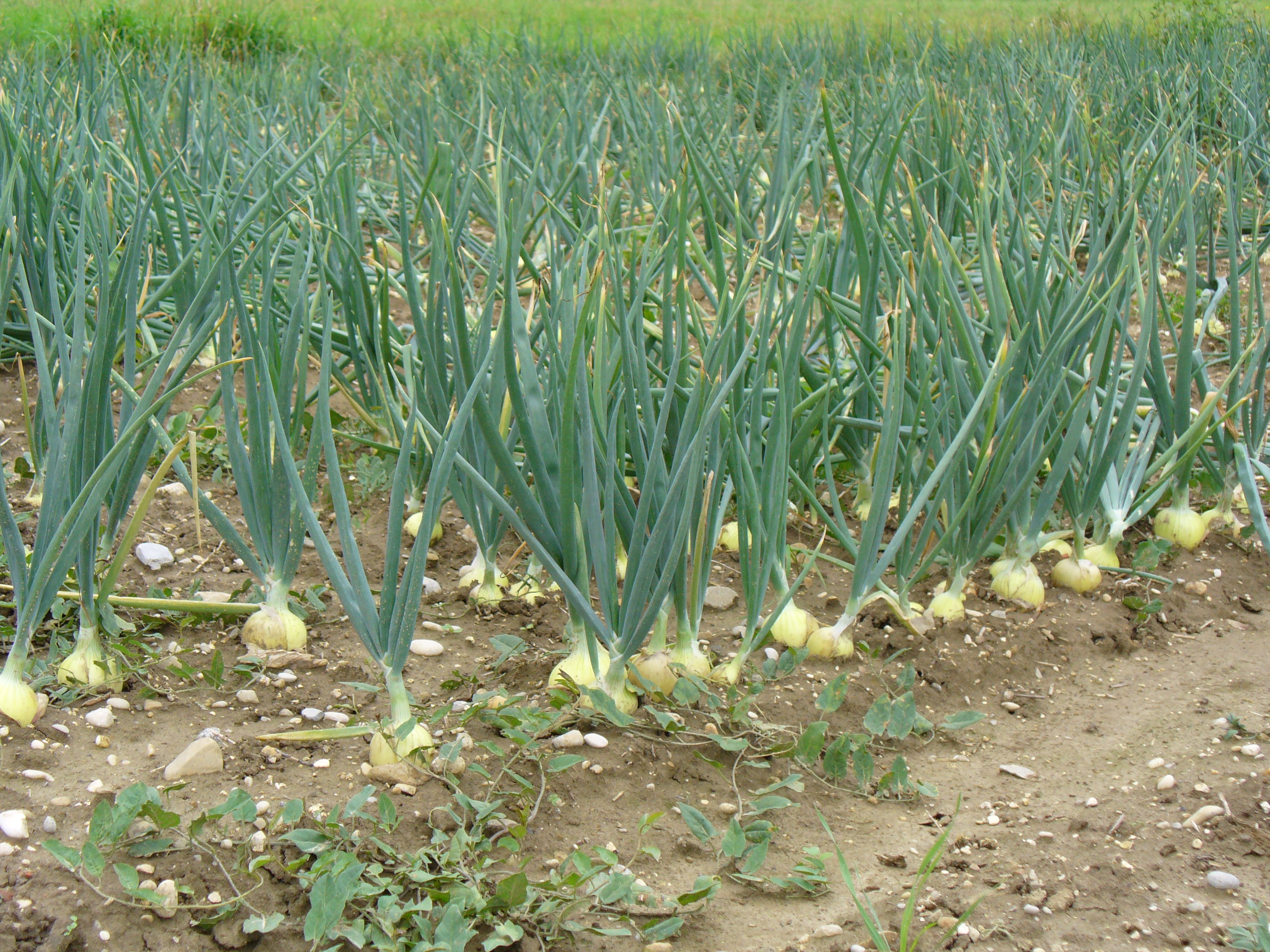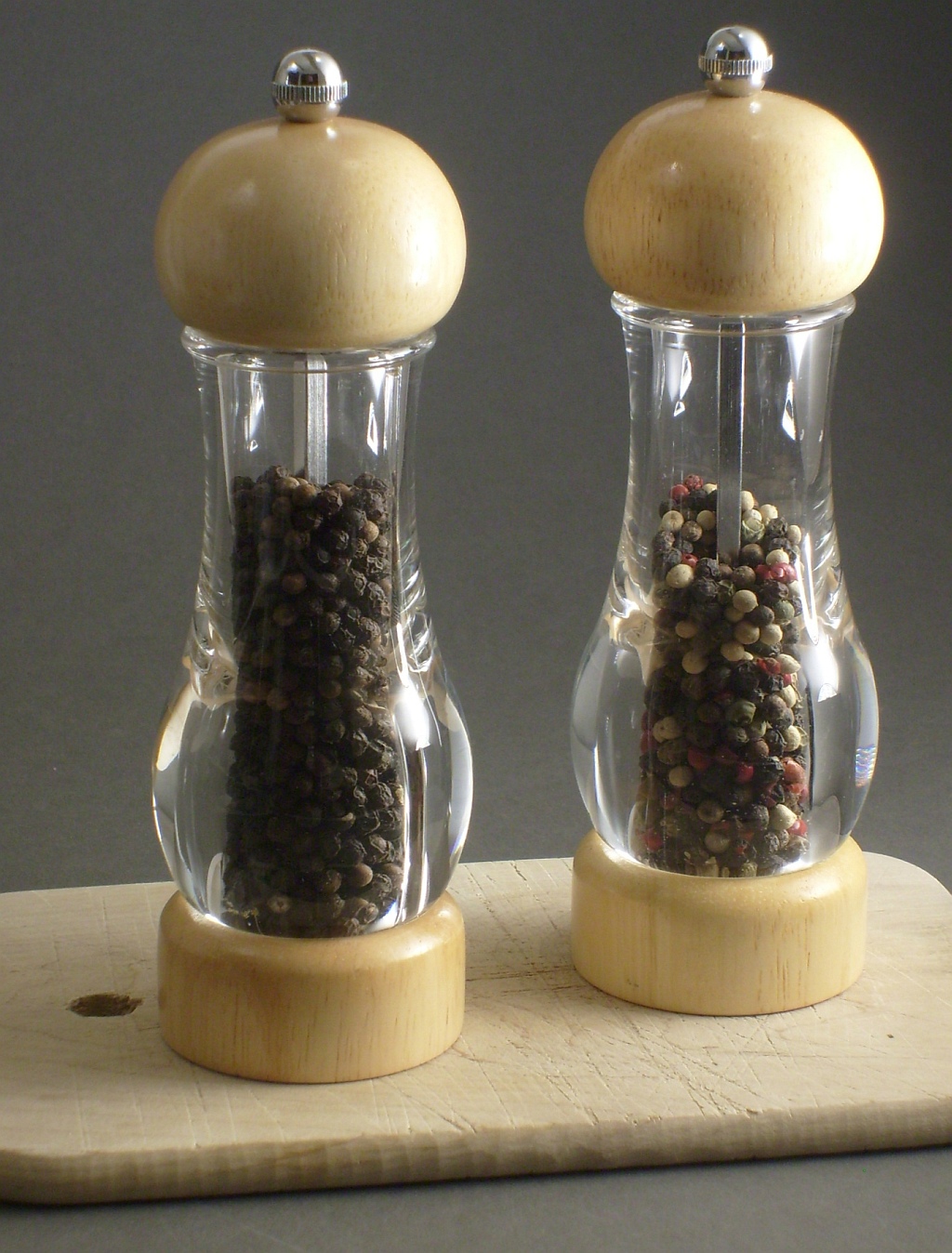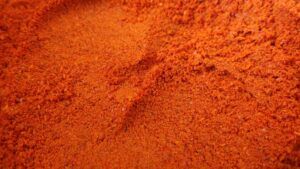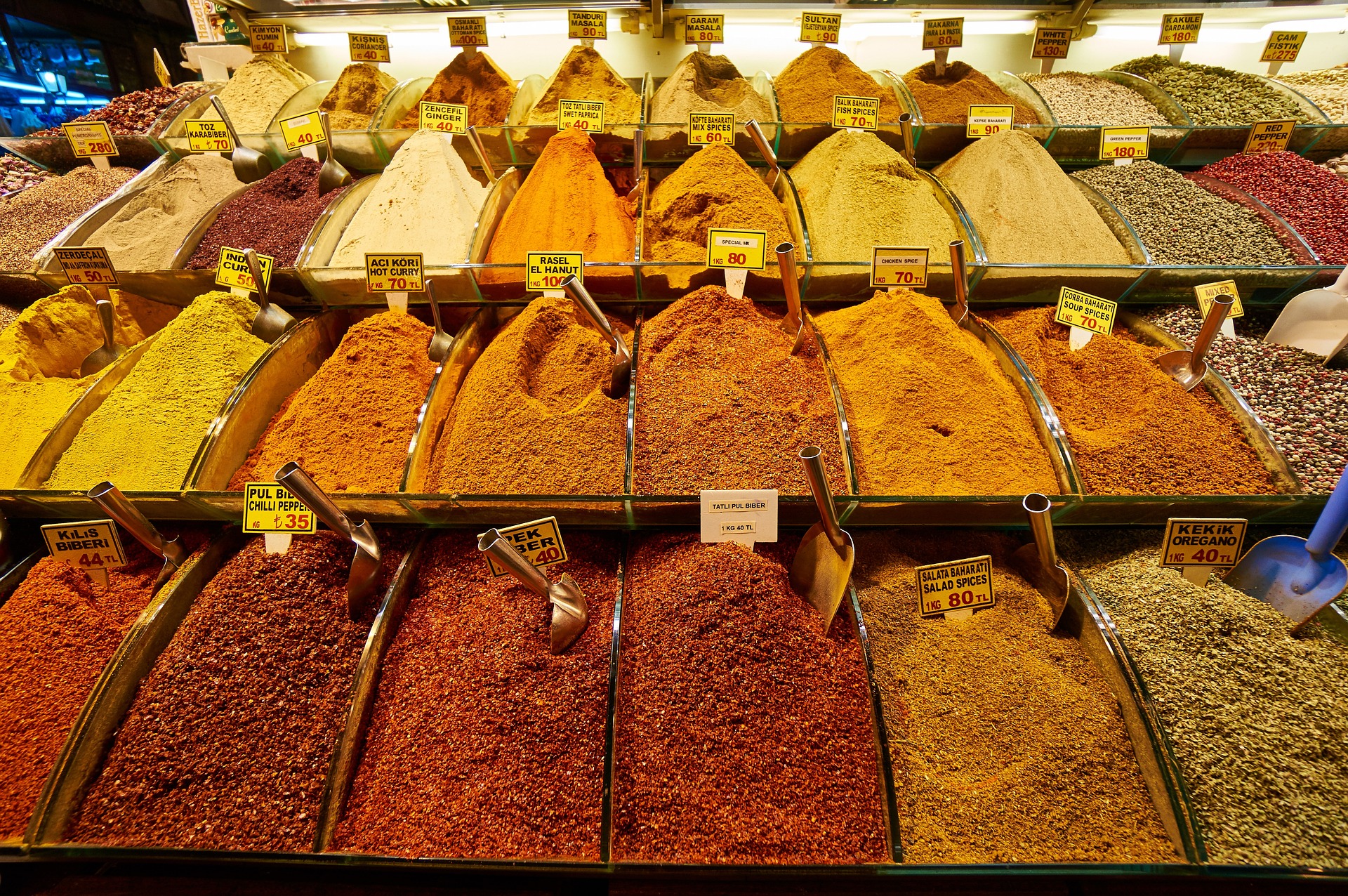By using ground spices in your cooking, you’ll save time and effort with a well-stocked spice rack, revealing a world of flavor possibilities. You can experiment with different flavor profiles, combining earthy and bright flavors to add depth to your dishes. Plus, ground spices are a cost-effective solution, reducing your grocery bills and requiring less storage space. They’re also easier to use, eliminating the need to chop or grind whole spices. With ground spices, you’ll discover a faster and more organized way to cook, and as you explore their potential, you’ll find even more ways to elevate your cooking.
Key Takeaways
- Using ground spices in cooking saves time and effort, allowing for quick addition of flavor to dishes and streamlining kitchen workflow.
- Ground spices unlock flavor potential by combining them in creative ways to elevate cooking and develop signature flavors.
- Incorporating ground spices into cooking routines is a cost-effective solution, reducing grocery bills and offering budget-friendly alternatives to expensive herbs.
- Ground spices have a longer shelf life than whole spices, retaining their flavor and aroma longer due to smaller particle size and easier preservation methods.
- Ground spices simplify meal preparation, eliminating the need to chop or dice whole spices and allowing for quick measurements and faster cooking times.
Convenience in the Kitchen
Having a well-stocked spice rack at your fingertips saves you time and effort when cooking, as it allows you to quickly add flavor to your dishes without having to stop and grind whole spices.
This convenience is especially important when you’re working on a recipe with multiple components, and every minute counts. With ground spices within easy reach, you can focus on the cooking process itself, rather than getting bogged down in prep work.
A streamlined workflow is essential in the kitchen, and ground spices play a key role in achieving it.
By having all your spices ready to go, you can move seamlessly from one step to the next, without interruptions or distractions. This, in turn, helps you stay organized and focused, which is critical for producing high-quality dishes.
Proper kitchen organization is also a major benefit of using ground spices.
With all your spices neatly stored and easily accessible, you’ll be able to find what you need in a flash, and avoid cluttering up your countertops with bulky spice grinders or unnecessary ingredients.
Unlocking Flavor Potential
With your spices at the ready, you can now focus on tapping into the full flavor potential of your dishes by combining ground spices in creative ways to elevate your cooking.
By experimenting with different flavor profiles, you can create unique and complex flavors that take your dishes to the next level. Spice blending is an art that requires some trial and error, but the payoff is well worth the effort.
Try combining earthy spices like cumin and coriander with bright, citrusy flavors like lemon and ginger to add depth and warmth to your dishes.
Alternatively, pair smoky spices like paprika and chipotle with rich, savory flavors like beef broth and tomato paste to create a hearty, comforting flavor profile.
The possibilities are endless, and the more you experiment, the more you’ll develop your own signature flavors.
Cost-Effective Cooking Solution
You can substantially reduce your grocery bills by incorporating ground spices into your cooking routine.
When you cook with ground spices, you’ll find that you need less of them compared to using whole spices, which means you’ll be buying them less frequently. This translates to significant savings over time.
Additionally, ground spices offer budget-friendly alternatives to expensive herbs and spices. For instance, a pinch of ground cumin can add depth to your dishes without breaking the bank.
Another advantage of using ground spices is that they’re incredibly easy to store.
With proper spice rack organization, you can keep your ground spices within easy reach, making it simple to whip up a meal on a whim. By keeping your spices organized, you’ll also avoid the frustration of searching for that one elusive spice, saving you time and effort in the kitchen.
Increased Shelf Life
Ground spices typically retain their flavor and aroma longer than whole spices, thanks to their smaller particle size, which slows down oxidation and reduces the loss of volatile compounds.
This means you can enjoy your spice blends for a longer period without worrying about their potency dwindling.
When it comes to preservation methods, ground spices are more forgiving.
You can store them in a cool, dark place, like a pantry or cupboard, without compromising their flavor.
Proper storage conditions, such as airtight containers and low humidity, also play a significant role in extending the shelf life of ground spices.
By following these simple guidelines, you can keep your ground spices fresh for a longer time, ensuring that your dishes always pack a flavorful punch.
With ground spices, you don’t have to worry about frequent replacements, which can be costly and time-consuming.
Instead, you can focus on experimenting with new recipes and enjoying the convenience of having a well-stocked spice rack.
Easier Meal Preparation
Preparing meals becomes a breeze when you have a well-stocked supply of ground spices, as they simplify the cooking process and save you time in meal prep. With ground spices, you can eliminate the need to chop, slice, or dice whole spices, which can be a time-consuming task. This allows you to focus on other aspects of meal preparation, like cooking and seasoning.
Ground spices can make meal prep easier in several ways.
Quick measurements: With ground spices, you can quickly measure out the exact amount you need, without having to worry about grinding or crushing whole spices.
Streamlined storage: Ground spices take up less space in your pantry, allowing for better space optimization and easier access to the spices you need.
Faster cooking: Ground spices cook faster than whole spices, which means you can get your meal on the table sooner.
Versatility in Recipes
Ground spices reveal a world of flavor possibilities, allowing them to seamlessly adapt to a wide range of recipes and cuisines.
As you experiment with different ground spices, you’ll discover that they can elevate dishes from various cultural backgrounds, from Indian curries to Mexican mole.
This versatility is a tribute to the culinary creativity that ground spices inspire.
Whether you’re looking to add depth to a hearty stew or a burst of flavor to a simple salad, ground spices can help you achieve your desired flavor profile.
You can use ground spices to create complex flavor profiles by combining different spices in unique ways.
For instance, you can mix ground cumin and coriander to evoke the warm, earthy flavors of Middle Eastern cuisine.
Alternatively, you can blend ground cinnamon and nutmeg to create a sweet, aromatic flavor reminiscent of traditional baked goods.
With ground spices, the possibilities are endless, and you’re limited only by your imagination.
Frequently Asked Questions
Can Ground Spices Be Used as a Substitute for Fresh Herbs?
When substituting ground spices for fresh herbs, you’ll find it’s not a one-to-one swap. You’ll need to adjust the spice ratios to balance the flavor profile, as ground spices are often more potent than their fresh counterparts.
Do Ground Spices Lose Their Potency When Exposed to Heat?
As you sauté onions in sizzling oil, you wonder: do ground spices lose their magic when exposed to heat? Fortunately, most ground spices retain their flavor due to heat stability, but beware of spice oxidation, which can dull their zest over time.
How Do I Store Ground Spices to Preserve Their Flavor?
When storing ground spices, you’ll want to prioritize spice organization and airtight containers to preserve their flavor. Transfer spices to a cool, dark place, and label each container to maintain easy access and visibility.
Are Ground Spices Suitable for People With Digestive Issues?
You might wonder if ground spices are suitable for your sensitive stomach, and the answer is, it depends on your digestive comfort and spice tolerance – some spices can soothe, while others can irritate.
Can Ground Spices Be Used in Sweet Dishes and Desserts?
You’ll be surprised at how ground spices can elevate sweet dishes and desserts! Experiment with unique spice pairings, like cinnamon and cardamom, to create intriguing flavor profiles that’ll make your treats stand out.
Conclusion
You’ll be a culinary rockstar, revolutionizing your kitchen with the magic of ground spices!
With convenience, flavor, cost-effectiveness, and ease on your side, meal prep will be a breeze.
Your taste buds will do the happy dance, and your wallet will thank you.
The possibilities are endless, and your cooking skills will skyrocket!
Say goodbye to bland meals and hello to a world of flavor, where every dish is a masterpiece!
